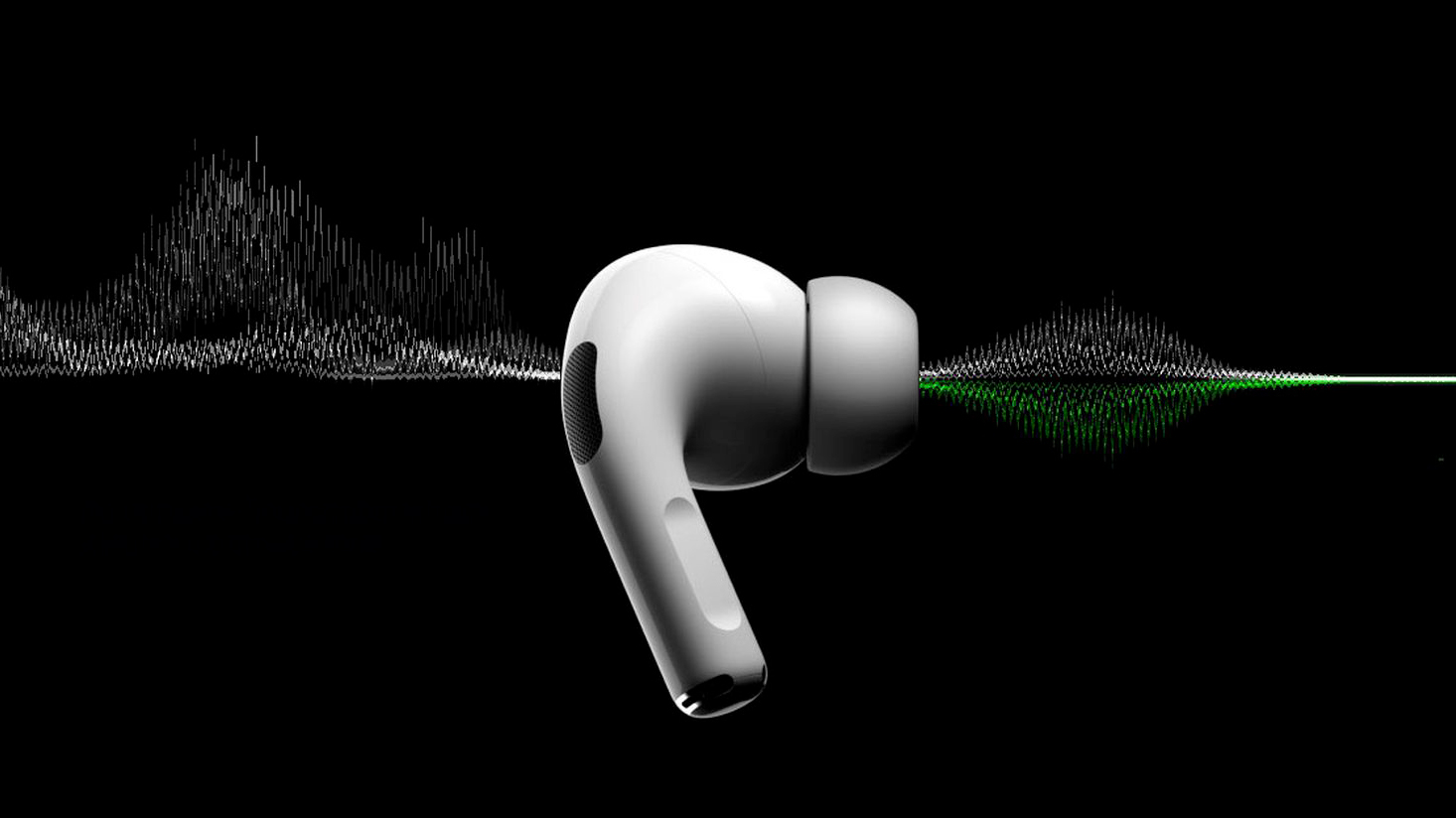
If you've been looking into the best wireless earbuds or best noise cancelling headphones, you'll notice that they basically all feature a mode that enables you to not only turn off noise cancellation, but to actually amplify outside sounds. It's called different things by different manufacturers, such as Transparency Mode (Apple), Aware Mode (Bose) or Ambient Mode (Sony). So let's dig into why it's useful, and how it works.
The problem with noise cancellation is that sometimes you don't want to cancel external audio. You may need it for situational awareness, so you can hear whether a bus is coming or if your plane is boarding. Or you might just want to be able to hear your partner, your kids or your colleagues when they need you. Turning off ANC isn't enough to do that, because when you have headphones on or earbuds in, there is still a level of passive noise blocking. You could take the headphones off, or the earbuds out, but if you still want to listen to something, you could switch to Transparency Mode instead.
The ABCs of ANC
Before we can talk about Transparency Mode we need to do a quick recap of active noise cancellation, because Transparency Mode depends on it. Unlike passive noise cancellation, which is when earbuds act like earplugs and reduce the levels of audio entering your ear canals by physically blocking it, ANC is much more high-tech. It uses external microphones to create a model of the sound waves coming towards you, and it then inverts the wave pattern and plays that inverted wave through the headphones to literally cancel out the frequencies it wants to remove.
Imagine a series of waves where the peaks are +5 and the troughs are -5. The inverse wave simply does the opposite of whatever the original sound wave does – so when there's a +1 it counters it with a -1, and where there's a -1 it adds a +1. The end result is zero – that is, no sound. Of course it's a little more complex than that explanation, but that's the basic principle behind ANC. You can read more in our guide to how active noise cancellation works.
With ANC there are three kinds of system used. The most common, and most affordable, ANC has external mics to listen to the sound around you, and that's known as feed-forward ANC. Less commonly, some ANC systems – usually headphones rather than earbuds – have their mics facing inwards to hear the sound closer to your ears. That's called feed-back ANC. And the most recent ANC systems have both, for the best possible accuracy. That's known as Hybrid ANC.

What Transparency Mode adds to ANC
With Transparency Mode and similar systems, the microphones on the outside listen to the world around you so they can then pipe that sound into your ears. That sound is processed before it's played to you in order to sound realistic rather than horrible and tinny, and it's mixed among the music.
The benefit is that you can hear. But the downside is that you're not cancelling external audio any more – although some manufacturers offer a mode that blends transparency with some noise cancelling power. On AirPods Pro 2, for example, this is called Adaptive Transparency, and it delivers more focused audio, removing background noise but preserving foreground noise – such as the speech of the person you're with. That may be further enhanced by using dedicated processing modes such as Conversation Boost, which amplifies speech without turning everything else up too.
There's another option: Loud Sound Reduction. That's a version of Transparency Mode that once again lets you hear some of the outside world, but which can detect sounds such as construction work and general background ambience and remove it. Apple's version attempts to eliminate sound that comes in above 85dB, which is roughly the sound level of a blender, lawn mower or subway train; it's the level beyond which hearing loss can begin to occur through regular listening.
These modes are no substitute for dedicated hearing protection – if you're working on a building site, stadium gig or shooting gallery where hearing protection is mandatory, you still need something dedicated – but the best noise-cancelling earbuds are a real boon in busier places such as daytime city streets where sirens and drills tend to provide a constant soundtrack.
There's another benefit to transparency mode. Full ANC can feel a little bit strange sometimes: good noise cancellation can remove so much audio you can feel a little bit disconnected; we've seen some people describe it as feeling some 'pressure', like when your ears pop with changes in altitude. We've found that Transparency Mode that lets some of the outside in can massively reduce that effect.

What are the downsides of Transparency Mode?
Because Transparency Mode uses similar processing to ANC, it has a similar effect on your earbuds' or headphones' battery life; you could turn it and ANC off for longer-lasting life.
And of course, there's another downside. Transparency Mode means you can hear the things happening around you, which isn't so great if you're sitting next to someone scrolling loudly through TikTok. It will mean it's harder to hear your music than just with ANC turned on.
And not all Transparency Modes are created equal! Some cheap earbuds may make outside sounds feel robotic or hard to differentiate from each other; some can be too transparent, where it feels like the outside world is over-amplified.
How can I get Transparency Mode?
If you have noise-cancelling headphones or earbuds from the last few years, you probably already have it: it's in AirPods Pro 2 and AirPods Max; the best Sony headphones with ANC, the best Bose headphones, the best Beats headphones and nearly everything else. and in many more. Switching from normal ANC to Transparency Mode or its equivalent is usually just a matter of pressing a button on the headphones, but there may be a mode to active in your headphones' app.







